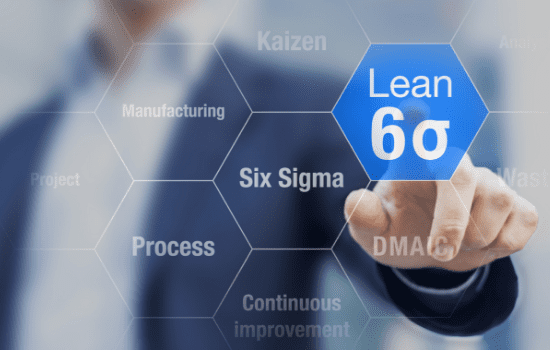Want more like this?
Sign up today to get free articles, webinars, whitepapers, yearly guides and more delivered to your inbox.
How Cross-Functional Input Helps Process Improvement
Originally published on August 1, 2017
Updated on February 2nd, 2024
When most people hear the phrase process improvement, their minds immediately go to the factory floor. They might ponder the placement of state of the art equipment, the storage of raw materials, the steps taken in actual production, the wisest use of labor or other components of manufacturing and production.
But process improvement methodologies like Lean Six Sigma can be applied to just about every aspect of your operations, such as accounting, communications, personnel management and other non-production areas. It’s easy to take those processes for granted or assume that they’re already optimized because “that’s how it’s always been done” and nobody is complaining. And yet in many cases, greater efficiency can be found in all of them.
An even more important concept, however, is to explore how the people performing back office functions (“in the air conditioning”) and the people on the factory floor (“not in the air conditioning”) work together. When these areas operate as if they don’t depend on each other, communication falls by the wayside. Assumptions can easily be made by one segment about the other, leading to a lack of understanding on how their respective processes work.
The best remedy to prevent this isolation is to get a cross-functional team in a room for discussion. Learning about each other’s processes and gaining alternate perspectives can reveal redundancy, idle resources and other obstacles to efficiency and betterment. Whether or not you’re in the air conditioning, it’s important to remember that everyone works for the same company and thus has the same goals.
So open up those lines of communication! It goes a long way to finding optimal solutions for the company as a whole.
About the Authors
Mike Sibley and Katie Davis are passionate about creating thorough and sustainable systems to help organizations become Lean Enterprises. In addition to writing and speaking on Lean Six Sigma, Mike and Katie work directly with an organization’s members to evaluate an existing process and identify solutions that eliminate waste, as well as build efficiency and quality into the process. Mike and Katie have applied these approaches for manufacturing, construction, professional services, and governmental entities.
Other Posts You Might Like

